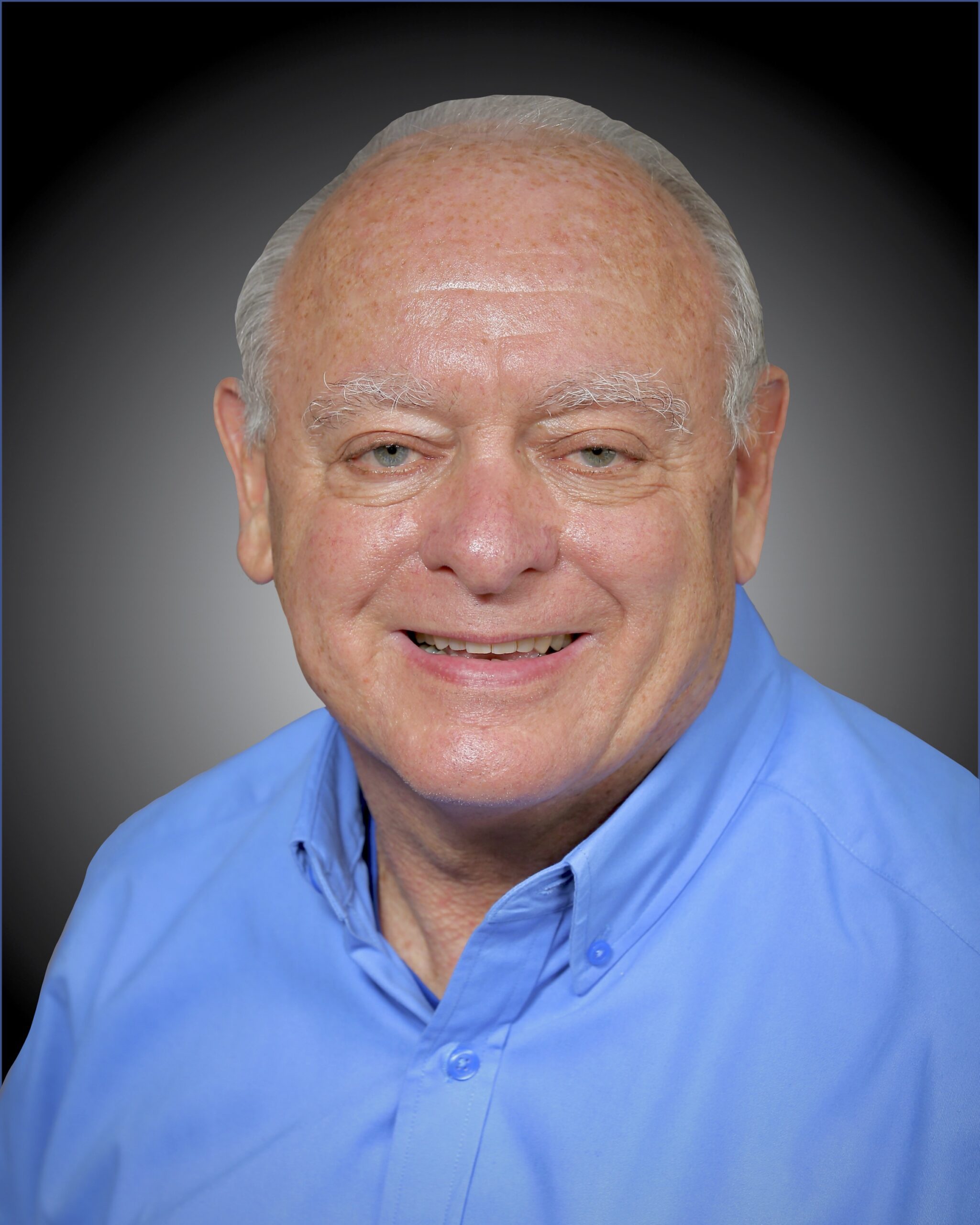“I want to be happy. I won’t be happy ‘til you’re happy too,” Walt Disney sang, wobbling, turning in a circle, off key, as always. He then stopped and proclaimed, “I’m a happy ending guy.” That he was. He expected it in his people too.
He fired the security guard firm when Disneyland first opened. They were trying to catch people doing wrong. Walt replaced them with his own security personnel and told them to never consider themselves cops, as they are there to help people. Five words define Walt Disney World’s theme park management approach, which perfectly align with effective talent management.
-
- Purpose – The emotional goal the organization strives to achieve.
- Priorities – The filter through which purpose is delivered.
- People – The focus on harnessing human capital.
- Platform – The actions that deliver an emotive, engaging, aligned experience.
- Process – The relentless focus on plussing and improvement.
- Purpose
Walt Disney was not your typical executive. He didn’t attend business school, didn’t have an MBA and didn’t know about vision nor mission statements. He focused on purpose.
Where vision/mission aim for the head, purpose aims for the heart. Vision/mission articulates goals/tactics. Purpose defines the essence of an organization: why it exists, who it exists for and how it improves the world.
Companies that aim for the head engender little enthusiasm. People buy their products if the price is right, the location convenient, the need immediate or their habits ingrained.
Companies that aim for the heart attract passionate employees eager to deliver purpose and customers who connect, buy and rave to others. Products still matter, but it is purpose that drives Disney’s success.
Walt’s desire for happy endings was codified into a simple, concise, profoundly human statement. “We create happiness.” This statement is a major motivator for employees and drives much of what happens inside the parks. It is also inculcated into every aspect of a Disney cast member’s career. It is taught in orientation and on-the-job training; reinforced in performance reviews, recognition and promotions; central to decision making; and shared and celebrated in every email, meeting and event.
The devotion to happiness helps Disney in several ways:
- It’s simple and clear.
- It establishes boundaries.
- It defines expectations.
- It focuses training and development.
- It makes decisions easier.
- It attracts people who believe in the company.
Purpose may not seem relevant in other industries, but from Charmin’s “Enjoy the go,” Walmart’s “Save money. Live better,” to Southwest Airline’s “LUV”, purpose engages, unites and inspires employees, customers and investors.
- Priorities
There is, however, a danger to happiness. Free park tickets for minor complaints might make guests happy but are not appropriate solutions. To keep happiness from destroying the bottom line, Disney developed a simple employee Priorities Filter.
The Priorities Filter is:
- Safety – Protecting everyone from danger and injury.
- Courtesy – Being welcoming, friendly and polite.
- Inclusion – Respecting and embracing the worth and dignity of all people.
- Show – Delivering an immersive, contradiction free environment.
- Efficiency – Completing tasks with minimal waste, expense and effort.
Priorities are codified in operational documents, taught in training, used to make decisions at all organizational levels and are central to leader and employee annual evaluations.
Many organizations focus primarily on safety and efficiency. Safety is first for Disney. Efficiency is last. Disney defines efficiency as the result when you effectively deliver safety, courtesy, inclusion and show.
The simplicity of the Priorities Filter is its strength. By asking two questions, anyone at any level, can make an intelligent decision.
- Is this a Safety, Courtesy, Inclusion, Show or Efficiency issue?
- Which of the priorities is most critical right now?
The response can then be aligned to immediate customer need without waiting for management intervention. Leaders can later praise, coach and guide employees. The result? Ever increasing customer service skills. Leaders also apply the filter for decisions at every level of the company.
The recent COVID-19 crisis offers an example.
- Safety – The parks voluntarily closed because operating was no longer safe.
- Courtesy – Employees were furloughed and paid until enhanced federal benefits began. Disney continued the furloughed employees’ health care plans. Leaders who continued working took pay cuts. Disney maintained contact with its customers through social media and other outlets.
- Inclusion – Rides and processes were reevaluated to begin removing old stereotypes.
- Show – The guest and employee experience were reworked to make it safe, courteous and efficient while still maintaining stringent show standards.
- Efficiency – Processes were redesigned to operate effectively within the new priority decisions.
- People
Disney’s approach to employees is that everyone is a customer. When you treat your employees the way you want them to treat your customers, magic results.

Leaders who respect their employees find that they open up, extend themselves, work harder, do more, do better and share ideas and solutions that positively impact the customer experience. To support this philosophy, Disney leaders are expected to deliver three standards:
- Positivity – Leading with a positive attitude and demonstrating commitment to cast members.
- Knowledge – Knowing and managing the operation and teaching it to cast members.
- Accountability – Recognizing and holding cast members accountable for delivering the Disney Cast Basics.
These expectations are woven throughout leadership hiring, training, development, annual reviews and promotions.
Disney employees must also deliver expected behaviors through the Disney Cast Basics.
- Projecting positive image and energy.
- Being courteous and respectful to all people, including children.
- Staying in character and playing the part.
- Going above and beyond.
The Disney Basics, like purpose and priorities, are simple. It’s their simplicity that makes them effective. For font line personnel, it defines individual guest service responsibilities. For hiring personnel, it eliminates candidates who do not fit the culture. For training personnel, it focuses training design and delivery. For leadership, it provides a template for guiding behavior and, when necessary, delivering coaching and discipline. For human resource personnel, it states a starting place for employee evaluations and promotions. For everyone, it explains the behaviors expected in their interactions with each other.
- Platform
The platform on which service is delivered may be the single most important differentiator between price and experience. With effective staging, you can immerse customers in your environment and create memorable moments they willingly pay extra for and return to experience again.
Conversely, details that distract from the experience detract from its emotional resonance. Service providers constantly tell us how much we matter to them while undercutting their message with contradictory details. Every component in the Disney experience — visuals, audio, aroma, touch, taste — is intentionally aligned to communicate the same message.
Disney employees are a major resource for delivering that seamlessness. The Haunted Mansion host directing guests to “move to the dead center of the room” and the joke cracking Jungle Cruise boat skipper enrich the experience through their performances.
Performance Theme is the discipline of taking on the persona of the location and portraying a character in that location’s show. What performers wear, how they act, and what they say affects the image of the service being offered.
Leadership has a major role to play in a performance theme. Fearful employees will not effectively perform their role. Conversely, leaders who encourage employees and themselves demonstrate the expected behaviors lift the delivery from commodity to experience.
- Process
People think of Disney World as a magical place. They admire the attractions, the rides and the seemingly seamless delivery of service. What they don’t notice, is the finely timed and choreographed machine that makes the experience magical.
Process is defined as a systemic series of actions directed towards a specific goal. Good processes create magic. Bad processes destroy service. When a computer system prevents a frontline employee from delivering what a customer needs, or a fixable service situation reoccurs without being fixed, or a shortage of personnel or materials reoccurs, bad process is the likely root cause.
Walt Disney was obsessed with process. His studio cataloged more than 1,200 colors and 1.5 million jokes in 124 classifications. It was only natural to apply that obsession to theme park design. Walt studied museums and amusements, observed crowd flow, queue effectiveness, facilities locations, service issues and how long people would walk before dropping trash (about 25 steps). The result? Seemingly magical park design, crowd flow and customer service.
Plussing fanaticism continues at Disney World. Anyone, at any level, can identify a problem and communicate it to a leader. Problems are studied, solutions tried, solidified, documented, and the employees who identified the problem are praised. From faster ride loading procedures to complete parking lot makeovers, the plussing never stops.
People think that everything Disney touches is magic. It’s not; it’s method. To apply the same method, ask yourself these questions:
- Is our purpose emotional, compelling and embraced by all?
- Do we have priorities in place that support the delivery of that purpose?
- Do we put people first with clearly defined behaviors expected from leaders toward employees and employees towards customers?
- Do all elements in our environment and performance align to deliver purpose?
- Do our processes fully support the delivery of purpose?
Walt Disney once said, “The way to get started is to stop talking and start doing.” Perhaps that is your cue to make magic at your organization.












